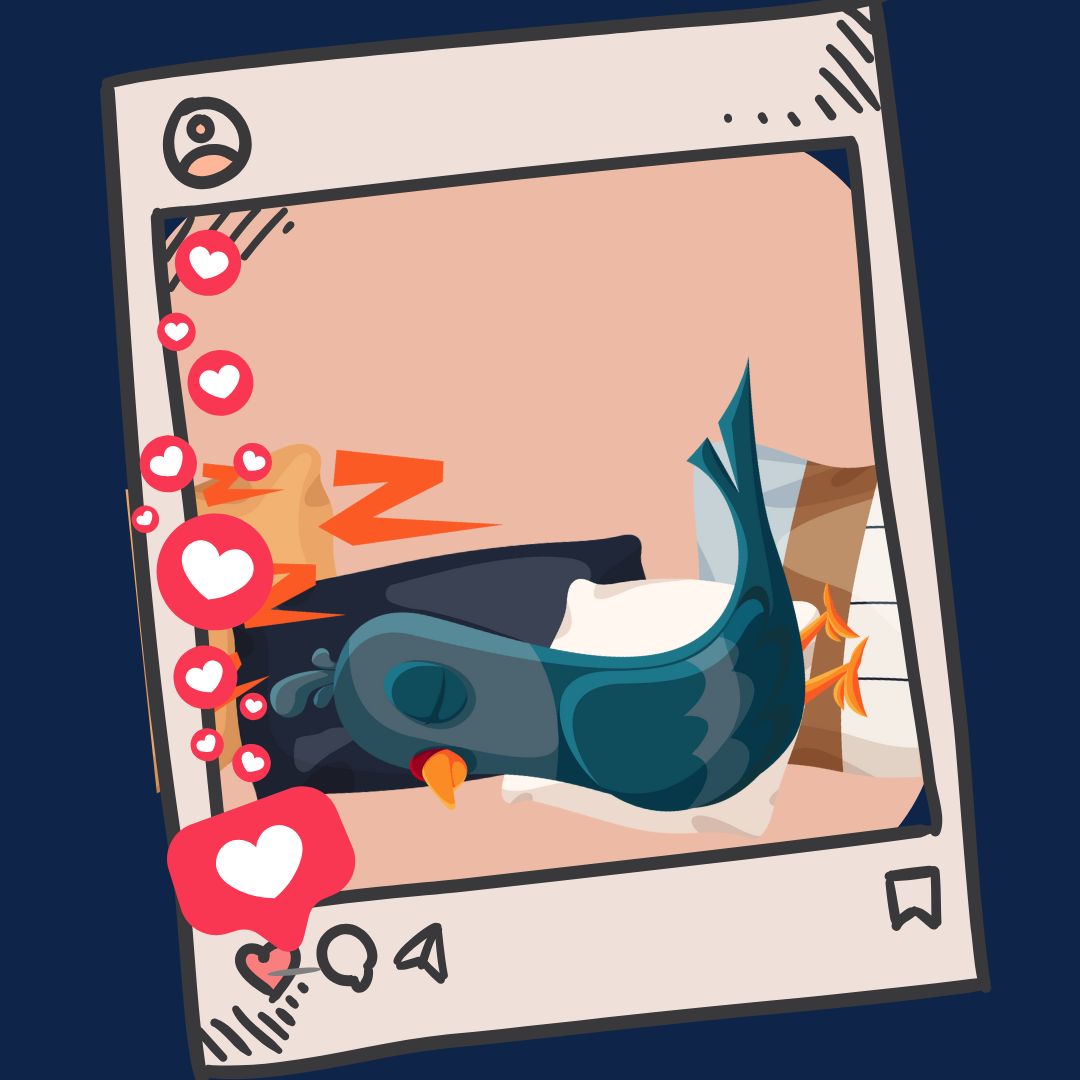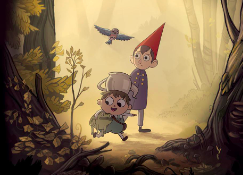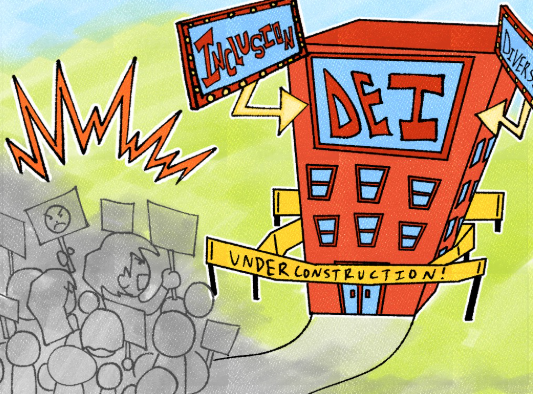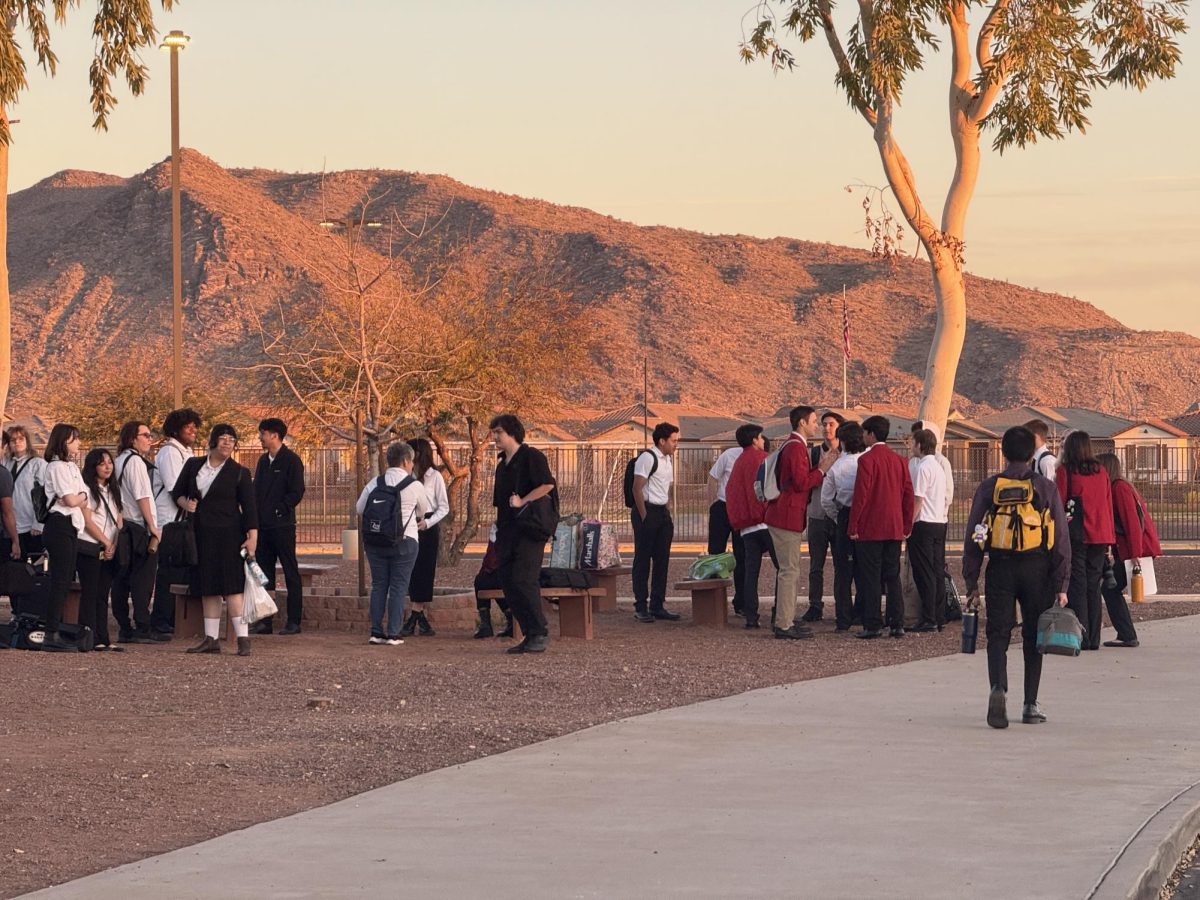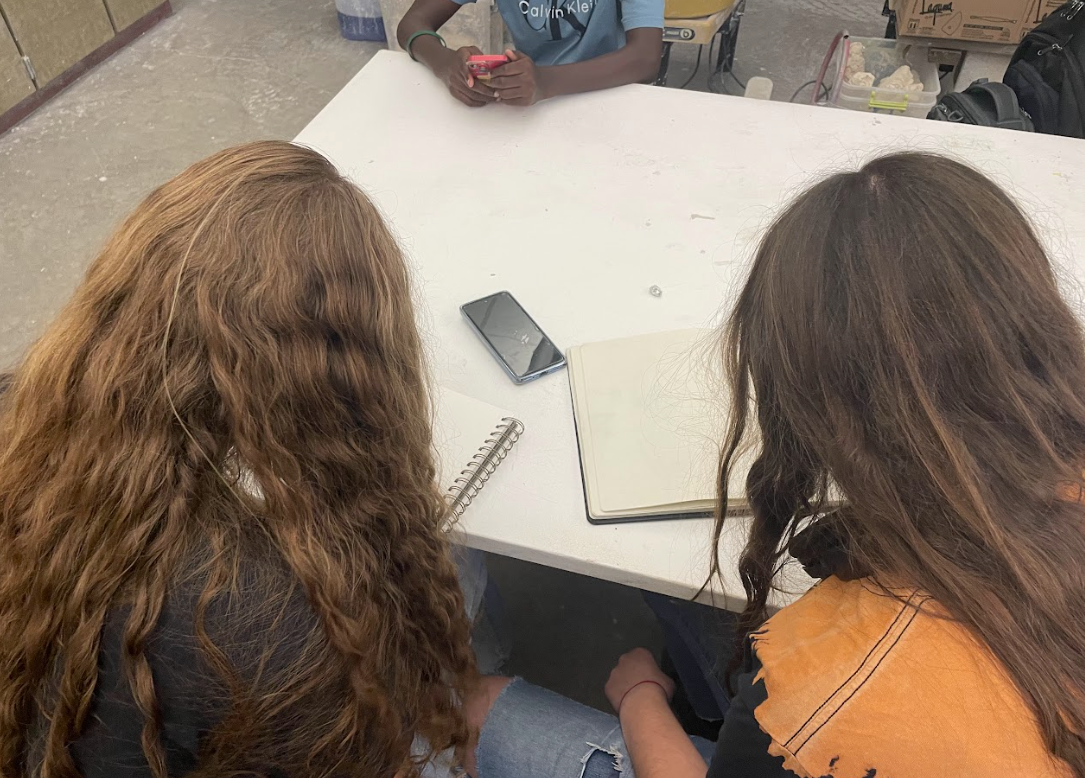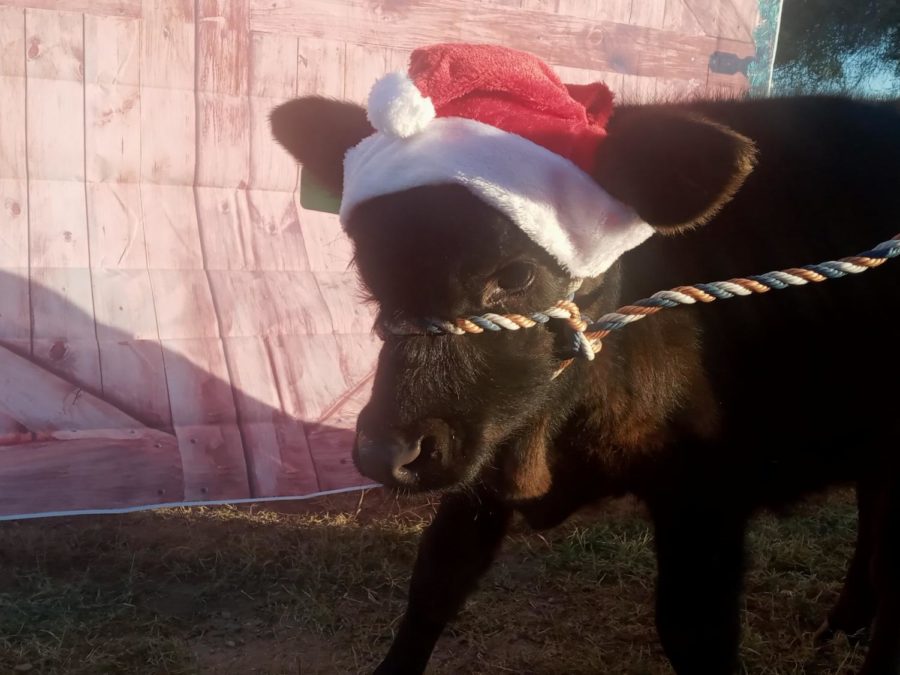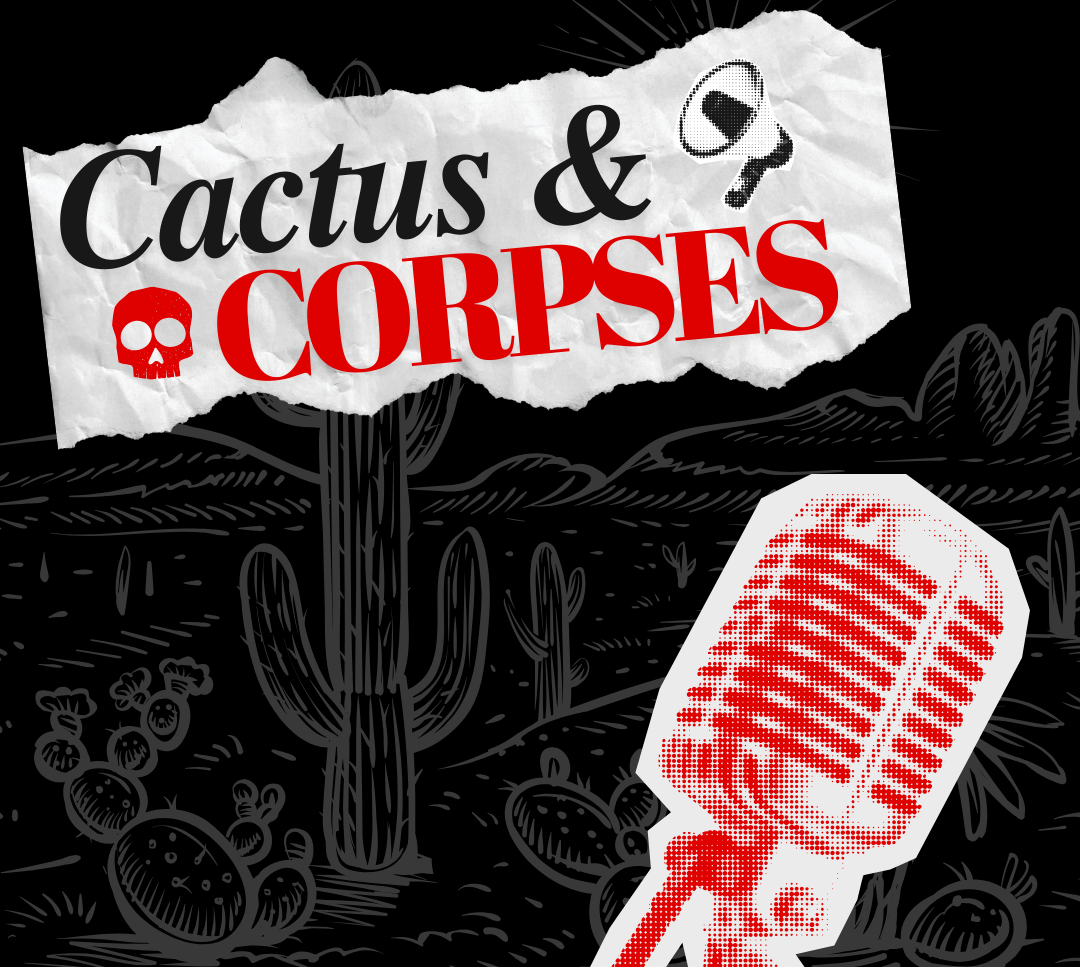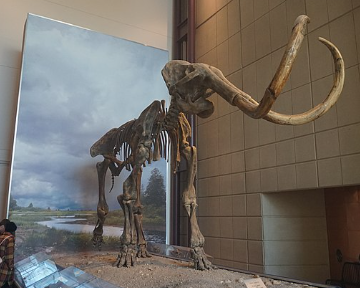Scientists have recently been exploring the ability to bring back old and extinct animals. The process is called “de-extinction”, and it is a largely complex area of research. While advancements in different fields such as genetic engineering extend our understanding of this topic, there is still the question of whether or not bringing back these creatures comes with ecological and ethical concerns.
One of these “de-extinction” methods that has largely gained popularity involves the old fossils of well-preserved extinct species. Scientists first retrieve the fossil and then sequence the DNA they pull from it. Using this sequenced DNA, scientists can assemble the extinct species’ genome, and possibly insert this DNA into a closely related living species. For example, extinct birds could be revived using a relative living bird, or an elephant for a mammoth.
While this field is still very experimental and unknown, it begs the question, would we want extinct species to return? Bringing back several extinct species can lead to different outcomes, some having no effect and others capable of ruining an ecosystem.
First, large predators and species with certain characteristics have the potential to devastate a region. Of course, scientists are not going to put a saber-toothed tiger or a large hyena back in the wild, but even animals being slightly larger than a current living species can have a huge effect and cause several problems. It can change the predator-prey dynamic, and cause changes in the population of certain prey, leading to changes in behavior of those predators.
The introduction of previous species to their current day environment can even have outcomes related to behavior. Due to how little scientists know about extinct species’ level of aggression and their previous role in their environment, it could lead to conflict with a living species.
Even something as simple as a species with a different diet, for example, a herbivore with a unique diet. They could change vegetation patterns by consuming it in a way that a living species does not, leading to shifts in plants, and the species dependent on those plants.
All of this can hurt an ecosystem severely and goes to show why this field of genetic cloning and the revival of old species is still so controversial but important.
One of our biology teachers at Verrado, Mr. Carmen, gave us his opinion on how old creatures would fit in their environment. He says, “With certain creatures, they could still have a place in this world, and some bringing them back would be more possible than others. Now whether or not it’s good, I would say from a biology standpoint, interfering with the ecosystem even to introduce a deceased creature would be not good. Unless you are doing it in the very short term in response to something humans have done.”
While there are negative possibilities, this research can also be used to improve ecosystems. Each species in an environment has not only its home but also a role in that environment. The loss of certain key species can be detrimental to the environment. For example, human construction often displaces animals and is even the reason for some animals’ extinction, such as the dodo bird, Tasmanian tiger, and sea cow. However, this technology can be used to replace those species and repair ecosystems. While this technology is still relatively far in the future, it is interesting to see how scientists will make breakthroughs and apply them to improve the world.








